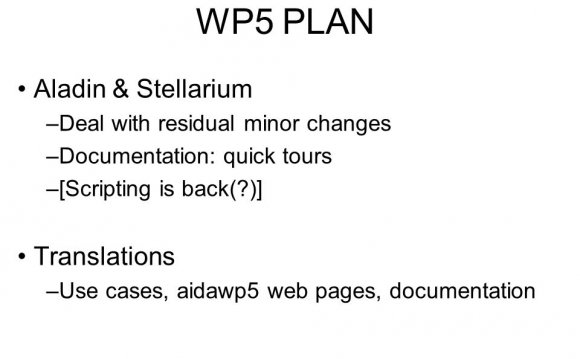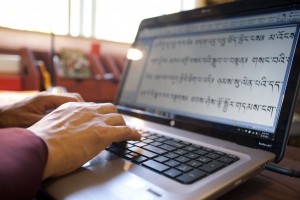
 Back-translation will usually add a considerable amount of time and expense to any translation project.
Back-translation will usually add a considerable amount of time and expense to any translation project.
But in some cases, it is well worth the time, effort and money to make sure that a translation is as accurate as possible.
What is back-translation?
Back-translation is the process of translating an already-translated text “back” into its original language.
For example, if you have an English translation of a Spanish text, a back-translation would require translating the English version back into Spanish.
Why perform a back-translation?
The main aim of back-translation is to ensure accuracy – it’s the equivalent of double-checking your work.
This is especially true for short, simple projects, such as a driver’s license translation. Any professional translation of a document with relatively simple language (something without idioms or technical terms) generally does not require a back-translation.
In fact, even documents with complicated language do not often demand back translations. If a professional company performed the initial translation, then the three-step process of translating, editing and proofreading is reliable for creating a translation that is true to the original document.
Still, there are some scenarios where back-translations are very useful.
Back-translation verifies documents.
For example, multi-lingual contracts can benefit greatly from back-translations. Even though a professional legal translation service should faithfully render documents from one language into another, miscommunications (or low-quality translations) can lead to big issues.
For instance, New Zealand may never have been founded if someone had decided to utilize a back-translation in the Treaty of Waitangi.
The 1840 bilingual treaty between England and the Maori chiefs doesn’t quite match up – in the Maori version, the native tribes were giving England permission to administer and use their land in exchange for protection from other countries. In the English version, however, the tribes had ceded sovereignty to the crown altogether.
The disagreement led to violent conflicts for the next 20 years, with England eventually becoming the victor.
When you should use back-translation:
Even in less momentous documents, back-translation can still save you or your company from expensive repercussions.
Translation errors often cause issues for restaurant menus, marketing materials and instruction manuals. Though it will initially increase the cost of your project, a back-translation is undoubtedly cheaper than reprinting fees, lost customers or a lawsuit. If you’re doubtful about a translation, back-translation is a great way to verify that your message is being conveyed properly.
In short – back-translation is worth it when you need to confirm the quality and accuracy of a translation.
See also:MORE TRANSLATION VIDEO




 Latin translations of the 12th century were spurred by a major search by European scholars for new learning unavailable in Christian Europe at the time; their search led them to areas of southern Europe, particularly in central Spain and Sicily, which recently had...
Latin translations of the 12th century were spurred by a major search by European scholars for new learning unavailable in Christian Europe at the time; their search led them to areas of southern Europe, particularly in central Spain and Sicily, which recently had...








